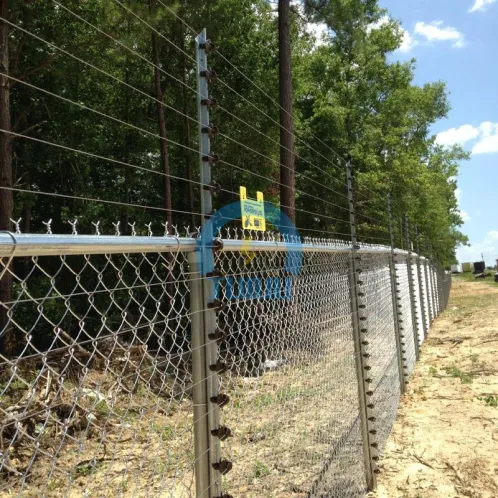Electric Fence System is an ingenious security system designed to create a barrier that delivers a non-lethal electric shock to anyone attempting to breach it. These fences are widely used in various settings, including residential properties, agricultural farms, and commercial installations, due to their effectiveness and versatility.

A typical electric fence system comprises several key components:
Fence Energizer: Also known as the charger or energizer, this device is the heart of the electric fence system. It generates and delivers electric pulses to the fence wires.
Fence Wires: These conductive wires form the physical barrier. They carry the electric charge and deliver a shock upon contact.
Insulators: Insulators are essential to prevent the charge from escaping into the ground or other unintended objects.
Grounding System: Proper grounding is crucial for the efficient operation of an electric fence. It completes the electrical circuit and ensures that the shock is delivered effectively.
Electric fences have garnered a reputation for their effectiveness and numerous advantages:
Electric fences provide a non-lethal means of security. They deliver a sharp but safe shock, ensuring that intruders are deterred without causing harm.
Compared to other security measures, electric fences are a cost-effective solution. They require minimal maintenance and have a long lifespan.
Electric fences can be tailored to suit various security needs. You can adjust the voltage, wire spacing, and height to match your specific requirements.
Unlike traditional alarm systems, electric fences are less prone to false alarms caused by environmental factors like weather or wildlife.
Electric security fences have a wide range of applications, each tailored to specific security needs:
Installing an electric fence around your home can provide a formidable deterrent against burglars and trespassers. The shock delivered by the fence is non-lethal but highly effective in discouraging unauthorized entry.
Farmers have long relied on electric fences to protect their livestock from predators. These fences can enclose large areas, ensuring the safety of animals while minimizing the risk of harm to intruders.
In wildlife conservation efforts, electric fences are often used to create boundaries that keep animals away from human settlements, reducing human-wildlife conflicts and promoting coexistence.
Commercial and industrial facilities benefit from electric fences as well. They offer an additional layer of security, safeguarding valuable assets and deterring potential threats.
While electric security fencing offer excellent security, proper installation and maintenance are vital to their effectiveness. It's advisable to consult with a professional installer who can ensure the system is correctly set up and provide guidance on maintenance routines.
Routine checks, such as inspecting wires for damage and ensuring the energizer is functioning correctly, are essential to keep your electric fence in optimal condition.
Previous: Uniaxial Geogrids
Copyright:@2020-2021
Comments Please sign in or sign up to post.
0
0 of 500 characters used